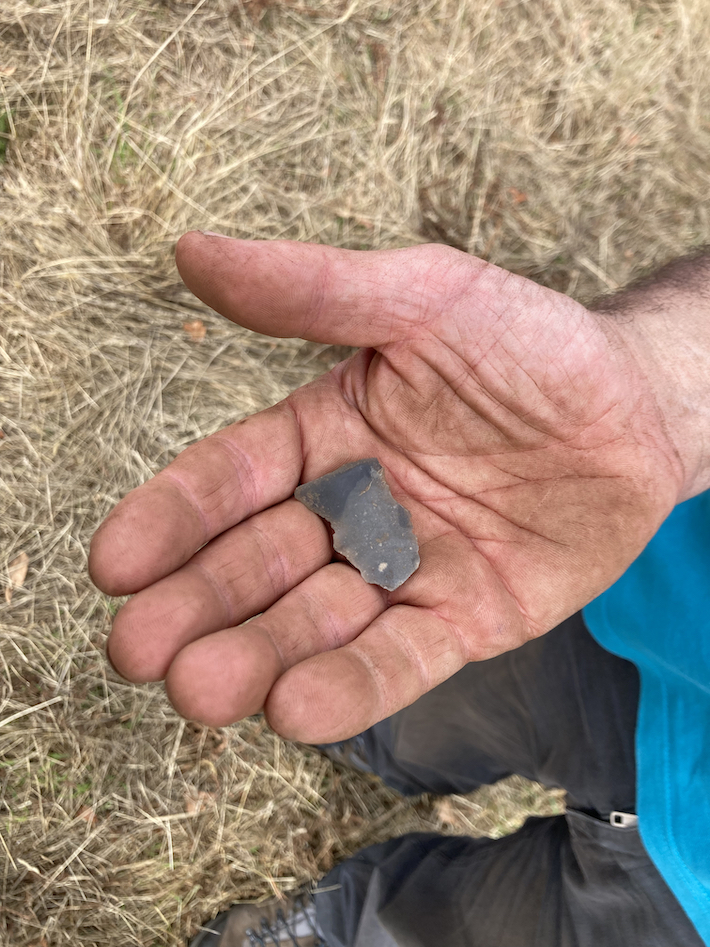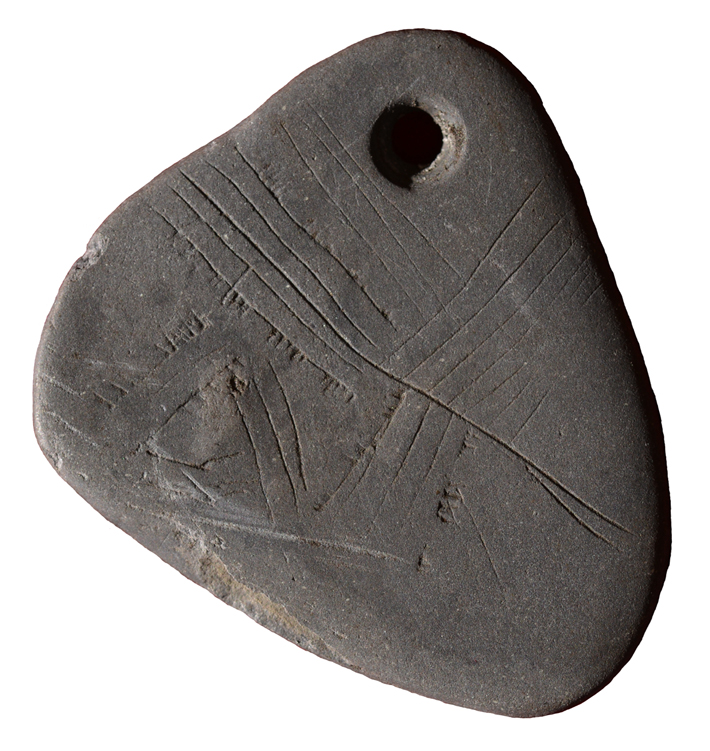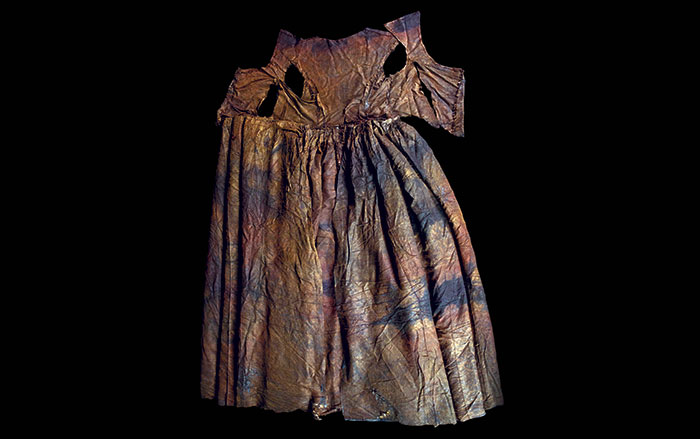
DEVON, ENGLAND—The Guardian reports that more than 80 pieces of worked flint were unearthed at a site in Dartmoor, an upland moor in southwestern England where flint does not occur naturally. The pieces include some small tools and the waste products from making them. Emma Stockley of the University of Leicester identified the site through the use of computer modeling. Such artifacts are usually found in places that are flat, sheltered, face south, and have far-reaching views, she explained. Stockley suggests that Mesolithic hunter-gatherers worked flint cobbles at the site some 8,000 years ago while watching for red deer, boar, and maybe reindeer. “It’s entirely possible this site may have been a view point for prey,” she said. “It’s got really stunning views into surrounding valleys and into the high moor.” It’s the sort of spot favored by modern picnickers, she concluded. To read about a submerged Mesolithic world beneath the North Sea, go to "Letter from Doggerland: Mapping a Vanished Landscape."










